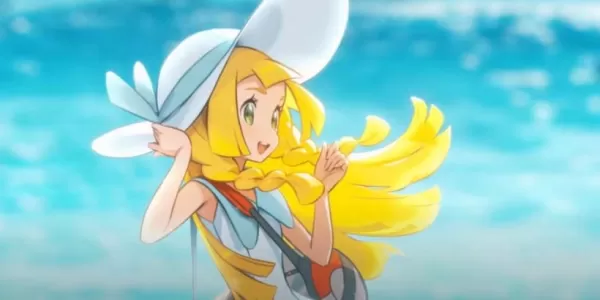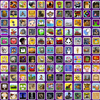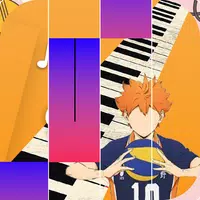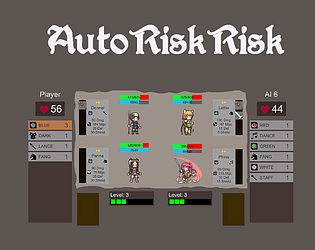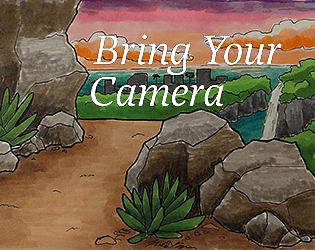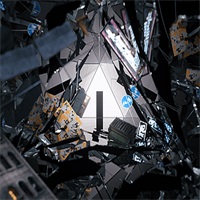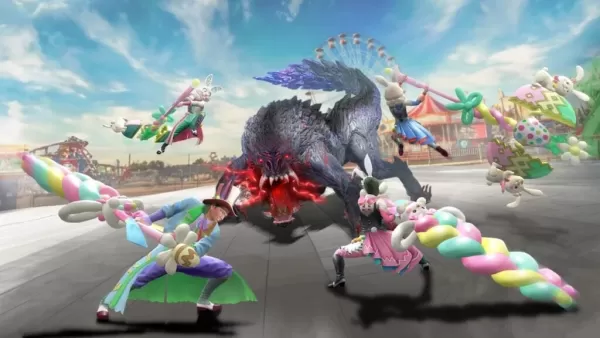"Clair Obscur: Expedition 33 Sparks Debate on Turn-Based Games"
In the ever-evolving world of role-playing games (RPGs), the debate between turn-based and action-oriented systems continues to be a hot topic. The recent release of Clair Obscur: Expedition 33 has reignited this discussion, particularly in the context of iconic series like Final Fantasy. Released last week, Clair Obscur: Expedition 33 has garnered widespread acclaim, with IGN and many other reviewers praising it as an outstanding RPG. The game proudly showcases its inspirations, featuring a turn-based system with a turn order, Pictos to equip and master, zoned-out "dungeons," and an overworld map.
In an interview with RPGsite, producer Francois Meurisse emphasized that Clair Obscur was designed as a turn-based game from the outset, drawing specific inspiration from Final Fantasy VIII, IX, and X. Additionally, the game incorporates elements from Sekiro: Shadows Die Twice and Mario & Luigi, blending quick-time events for attacks with parrying and dodging mechanics for defense. This unique blend results in a gameplay experience that feels traditional when strategizing turns, yet action-oriented during combat execution, sparking significant interest and debate among players and critics alike.
The success of Clair Obscur has fueled discussions on social media, with many citing it as evidence against the shift towards action-based mechanics in RPGs, particularly in the Final Fantasy series. Naoki Yoshida, during the media tour for Final Fantasy XVI, explained the move towards more action-driven gameplay, citing a growing preference among younger audiences for real-time mechanics over command-based systems. This shift is evident in Final Fantasy XV, XVI, and the Final Fantasy VII remake series, each of which has attracted both fans and critics.
However, the situation is more nuanced than a simple debate over game mechanics. Square Enix has not abandoned turn-based games entirely, as seen with the success of Octopath Traveler 2 and the continued release of turn-based titles like SaGa Emerald Beyond and the upcoming Bravely Default remaster for Switch 2. While the mainline Final Fantasy series may have shifted, the genre remains vibrant with diverse offerings.
The question of whether Final Fantasy should emulate Clair Obscur: Expedition 33 is met with a resounding "no" from many fans and analysts. Final Fantasy has its own unique aesthetic and narrative style that cannot be simply replaced. Comparing Clair Obscur to Final Fantasy highlights both similarities and significant differences, underscoring the importance of originality in game design.
This discussion is not new; similar debates have surrounded other RPGs like Lost Odyssey and comparisons between Final Fantasy VII and VI. Sales figures also play a crucial role in these decisions, as Yoshida noted in his comments about Final Fantasy XVI, emphasizing the need to meet sales expectations while still exploring various gameplay styles.
Clair Obscur: Expedition 33 has achieved remarkable success, selling 1 million copies in just three days, a testament to the appeal of well-crafted turn-based RPGs. However, Square Enix's expectations for Final Fantasy are typically higher, and the broader gaming landscape, including the high costs and long development times for major franchises, complicates any potential shifts in direction.
Ultimately, the success of Clair Obscur underscores the value of authenticity in game development. Projects that authentically express their creators' vision, like Clair Obscur and Baldur's Gate 3, can achieve both critical acclaim and commercial success. As Larian CEO Swen Vincke stated, the key is to create a game that the creative team is passionate about, suggesting a forward-thinking approach that transcends old debates and focuses on innovation and quality.
-
Digimon Con 2025 has teased a new TCG announcement for fans.Strong hints suggest a mobile-related project is in development.Could this be a potential competitor to Pokémon TCG Pocket?For fans of the long-running Digimon franchise, the upcoming DigimoAuthor : Alexis Dec 21,2025
-
Solgaleo and Lunala make their grand debutImmersive Supporter cards arriving soonHalf-anniversary celebration with new solo missionsThe stars align as Celestial Guardians arrive in Pokémon TCG Pocket, bringing an spectacular close to the month. LauncAuthor : Alexander Dec 21,2025
- Spring Valley Farm Game: January 2025 Redeem Codes
- WWE Superstars Join Call of Duty Warzone: Mobile Roster
- Midnight Girl is a minimalist point-and-click adventure set in Paris in the 60s, now open for pre-orders on mobile
- Mobile Legends: Bang Bang – Best Lukas Build
- "Grand Outlaws Unleashes Chaos and Crime on Android Soft Launch"
- Video Game Song Surpasses 100 Million Streams on Spotify


